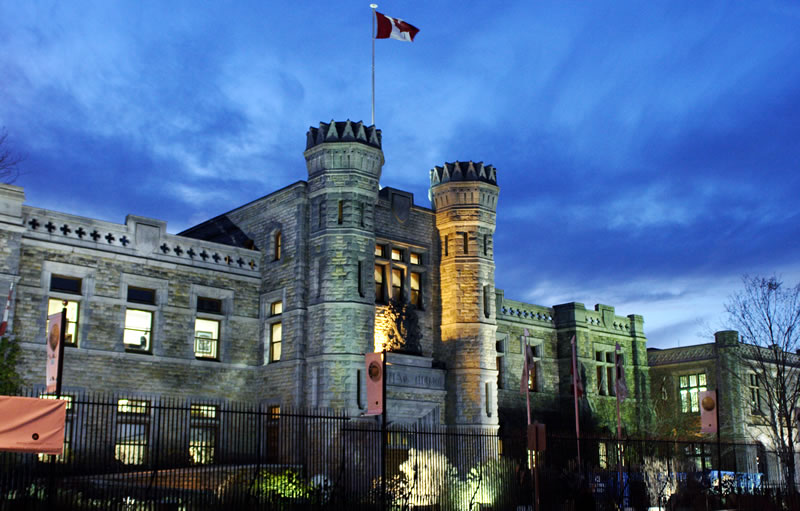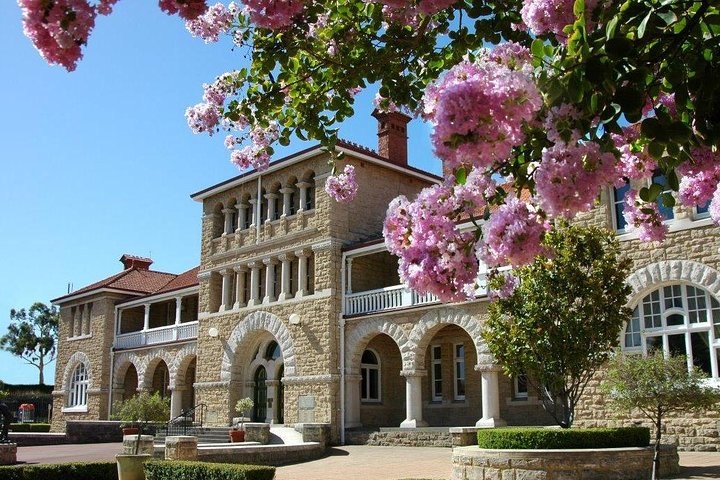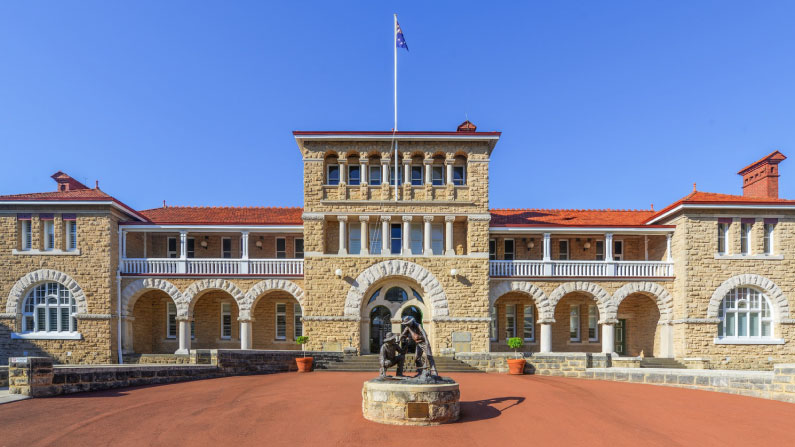Today there are 91 mints throughout the world that print official currency, coins, bullion coins, and in some cases unmarked bullion bars. Some of these mints have been in operation for more then a thousand years such as the Monnaie de Paris in France while others have been in operation for less than 20 years such as the Zimbabwean Mint. Most mints around the world are state owned but there are some that are private, including three private mints here in the United States.
In this guide, we will delve into the history of government mints, explain the types of currency and coins they produce, and describe the biggest and most famous mints around the world. At PGS Gold & Coin, we are enthusiasts when it comes to coins and bullion and the mint where they are produced can have an affect on their value. If you have gold coins or bullion that you would like to have appraised by professionals, you can bring them to PGS Gold & Coin to get an accurate appraisal and cash on the spot.
History of Government Mints
Government owned mints first appeared in ancient Lydia (modern day Turkey) around 600 BC, the same time that the first coined currency was developed. The use of state printed coins as currency became popular very quickly and the nearby societies of Greece and Persia soon picked up the practice and started making their own currency at state-controlled mints. The Roman Empire was the first society to mint coins for trade and they set up mints throughout their territory to help with their transactions with other regions.
Coins made prior to the 16th century were minted in one of two ways, either by casting or hammering. Cast coins were made using molds in which a metal in its liquid state was poured into the mold to shape it into a coin. Hammered coins were made by placing metal between two dies and striking one of the dies to pound the image into both sides of the coin. During the 16th century, a machine was developed to make what are referred to as milled coins. The machines made it easier to make coins of better quality and produce a higher volume of coins than can be done with casting and hammering. Coins are still made using machines, though the technology of these machines has advanced significantly since their introduction.
What is a Government Mint?
A government mint is a facility that prints currency and coins for a nation’s central bank. Most mints are owned by the government that they print currency for and some mints are privately owned and have the authority from the central bank to print currency on its behalf. While the main purpose of government mints is to print currency used by the population, they also print commemorative coins, gold and silver bullion coins, collectible coins, and bullion bars. These items give coin collectors and bullion investors more options when looking to build their coin collections or invest in precious metals like gold and silver.
What do Government Mints Produce?
Government mints are tasked with printing circulating coins and paper currency used in everyday transactions. They may also produce other types of coins such as bullion coins, collectible coins, and bullion bars. The following is a list of the items produced by mints around the world:
- Circulating coins: These are coins that are circulated and used by the population for purchases and other financial transactions. In the U.S., this includes pennies, nickels, dimes, and quarters.
- Bullion coins: These are coins made purely of precious metals such as gold, silver, platinum, and others. While these coins are considered legal tender, they are not used for transactions and are typically purchased as an investment in the precious metal. The weight and purity of the metal content determines the value of these coins which often exceeds its face value.
- Brilliant uncirculated (BU) coins: Brilliant uncirculated coins are coins that were originally printed for circulation but were not put into circulation. This happens when coins are put into storage or reserve immediately after leaving the mint. BU coins have retained 95 percent of their original luster and design from being held out of circulation and they are sought after by coin collectors.
- Proof coins: These coins are made from high quality precious metals and special dies with fine detail. The dies used to print proof coins are carefully inspected and cleaned to ensure fine detailing and the coins are struck multiple times. Proof coins are also finely polished and are highly sought after by coin collectors.
- Certified Coins: Certified coins are graded by internationally recognized certification companies such as the Numismatic Guaranty Corporation (NGC) and the Professional Coin Grading Service (PCGS). These companies assign a grade, or quality rating, to coins based on five key characteristics; surface, strike, luster, preservation, and eye appeal. The grades are given in the form of a number between 1 and 70; 1 is given to coins in poor condition while 70 is given to coins in mint condition.
- Collectible Coins: Collectible coins are special edition coins with designs that commemorate important historical figures and events. These coins typically include high purity precious metals and more luster and glimmer than most coins. They are also printed in limited editions, making them very valuable to coin collectors.
- Government mint bullion: Some mints, such as the Perth Mint in Australia and the Royal Canadian Mint, produce bullion bars of precious metals such as gold, silver, and platinum.
World Renowned Mints
As mentioned earlier, there are over 90 mints currently operating throughout the world. The most sought after bullion and collectible coins are made by the biggest, most renowned mints. The following are the most well-known mints that produce highly valuable coins:
United States Mint: The U.S. Mint consists of six different locations that combine to be the world’s largest coin manufacturer. The Philadelphia Mint, which has been in operation since 1792, is the largest of the mint sites and produces over 30 million coins each day. The most sought after coins from the U.S. Mint are the American Gold Eagle, which is 91.76 percent 22 karat gold, and the America the Beautiful coin series with coins made from .999 percent pure silver.
- Royal Mint: The Royal Mint has been in operation in the United Kingdom since 886 AD. This mint produces coins circulated in the U.K. as well as commemorative coins and bullion. The Royal Mint offers bullion bars of silver, gold, and platinum with a fineness above 999. Popular bullion coins produced by the Royal Mint include the Britannia, Queen’s Beasts, and the Lunar Series which are each available in gold or silver with a fineness above 999.
- South African Mint: The South African Mint produces all circulating coins for South Africa, as well as commemorative coins and coins for Zimbabwe and Sudan. This mint is currently owned and operated by the South African Reserve Bank and it spent 18 years as a branch of the Royal Mint in the U.K. from 1923 to 1941. One of the most popular commemorative coins in the world, the South African Krugerrand made from gold with .9167 purity, is produced by this mint.

- Royal Canadian Mint: The Royal Canadian Mint produces all circulation coins for Canada as well as coins on behalf of other nations such as Thailand, Iceland, Cuba, Colombia, New Zealand, and Papua New Guinea. The most popular coin produced by the Royal Canadian Mint is the Canadian Maple Leaf that is available in gold and silver. Silver Canadian Maple Leaf coins contain 99.99 percent pure silver and the gold coins are made of .9999 fine gold.
- Mexican Mint: The Mexican Mint, founded in 1535 by the Spanish Crown, was the first mint in the western hemisphere. The silver peso it produced became popular around the world and helped steer the development of modern national currencies. The Mexican Libertad Coin, available in .999 fine silver and .999 fine gold, is produced by the Mexican Mint.
- Chinese Mint: The China Banknote Printing and Minting Corporation (CBPMC) produces all of the banknotes and coins for circulation in the People’s Republic of China. The CBPMC consists of facilities all over China, including Beijing, Shanghai, Nanjing, Chengdu, and Shenyang, that each produce different types of currency. One facility may print only banknotes while a different facility will be used primarily for coin production. The Chinese Panda is the most popular collectible coin from the Chinese Mint and is available in 99.9 percent gold, 0.999 silver, and .999 pure palladium.

- Perth Mint: The Perth Mint in Western Australia was originally a colonial branch of the Royal Mint of the U.K. and is now owned by the Government of Western Australia. Its original purpose was to refine gold from the Australian gold rushes for the British government. It is currently one of two mints in Australia that produce circulated currency and they also produce collectible coins and bullion bars. The Lunar Series coins, available in gold with .9999 purity and silver with .999 purity, and the Australian Nugget coins with .9999 gold are among the most sought after coins from the Perth Mint.
- Royal Australian Mint: The Royal Australian Mint is owned and operated by the Commonwealth of Australia and it is the first and only mint in Australia that was not part of the Royal Mint in the U.K. All coins that are circulated in Australia are produced by this mint and it also produces coins for other nations including New Zealand, Fiji, Thailand, Malaysia, Nepal, Israel, Papua New Guinea, and the Philippines. Collectible coins produced by the Royal Australian Mint include the Gold Kangaroo Coin of .9999 fine gold and the JFK Coin of .999 fine silver.
Studying the world’s mints is a fascinating endeavor for those who collect coins because you can learn more about some of the most famous collectible coins produced throughout the world. The rich history behind some of these mints can give you further insight into the making of these coins and place them in historical context.
If you are looking to add rare, gold, silver, or collectible coins to your coin collection, or sell your coin collection for a profit, visit our numismatic experts at PGS Gold & Coin. We have a vast inventory of coins from around the world and we offer honest and accurate appraisals for your gold and silver coins as well as precious metal bullion. Your items will be assessed on the spot and you will be offered a fair price so you can walk out with cash in hand in minutes. Visit one of our PGS Gold & Coin locations to view our inventory of collectible coins or find out what your coin collection is worth.

